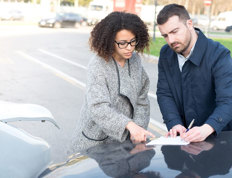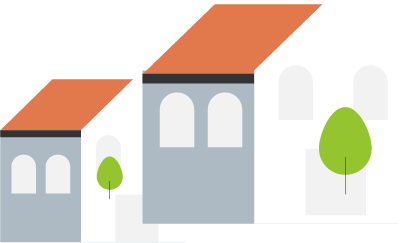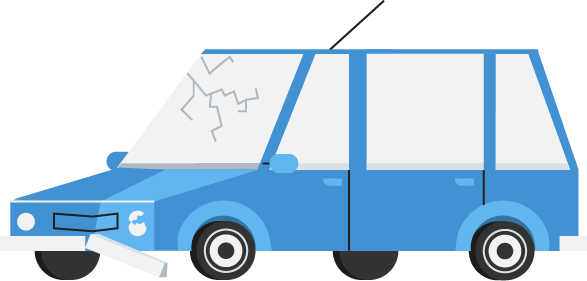



Have you been in an accident with another motorist? There are two things to remember at the scene of an accident.
If you don’t have one, write down the other driver’s name, address and phone number, along with the driver’s licence, registration and insurance certificate numbers.
Contact your insurer immediately to report the accident. An adjuster will then take over your claim and verify your contract’s validity as well as your chosen coverage. The adjuster will then determine your liability for the accident.
Are you 0%, 50% or 100% liable? A document called a Direct Compensation Agreement will be used to determine this.
Your liability for the accident, as well as your chosen coverage, determine whether or not you are covered for damage resulting from a collision.
You will be compensated if you purchased Collision or All Perils coverage under Section B of your policy. You'll have to pay the policy deductible.
If you only purchased the civil liability (Section A of your policy), you will not be compensated.
You weren't at fault for the accident? You'll be compensated by your insurer even if you didn't purchase Collision coverage.
And you won't have to pay the policy deductible.
Your insurer will compensate you within 60 days of receiving your claim and all supporting documentation. For a quick settlement, make sure you have all the necessary documents.
This step is necessary to determine the cost of the damage and the terms for repairing your vehicle, taking into account current repair techniques. This step is when it is determined if the vehicle can be repaired or if it should be declared a total loss.
Depending on the options chosen in the policy, the insurer will determine, for example, if the vehicle will be repaired with new or used parts or, should the vehicle be declared a total loss, the amount of your indemnity. This will correspond to the value of your vehicle on the day of the loss (depreciated value) or to its replacement value if you have the coverage to replace your vehicle with a new one.
At this step, you will come to an agreement with your insurer on where your vehicle will be repaired or replaced.
If your vehicle can be repaired, it may be repaired at a body shop of your choice or one recommended by your insurer.If you choose the body shop, make sure it is competent and that the work is done in accordance with the specifications agreed upon with your insurer.
Depending on the agreement, your insurer will be pay you the indemnity or reimburse the body shop directly.
For more information about claim settlements, consult the Groupement des assureurs automobiles.













